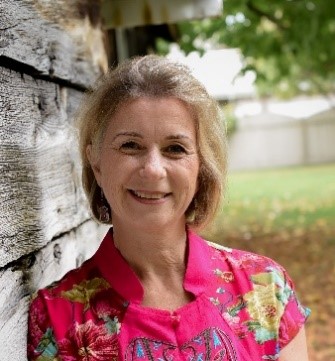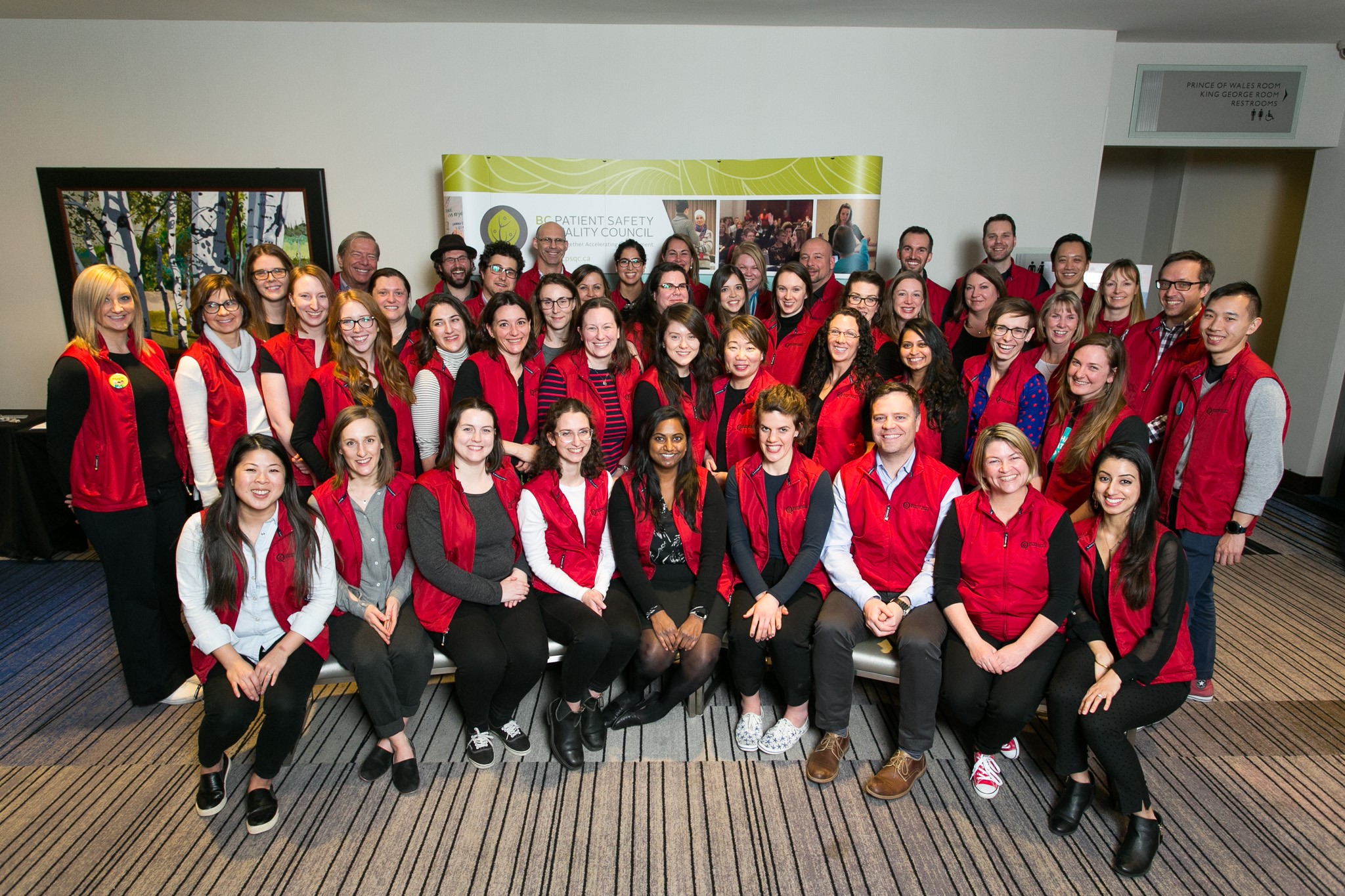Posted • Last updated
Closed
Commitment: Long-term
Connection method: Virtual
Open to Northern Region, Provincial Region
Last updated
Volunteer Opportunity
Northern Health is updating its guidelines for people recovering from lower limb amputation. Join a team of physical therapists and occupational therapists to help design positive recovery experiences!
Lead Organization/Department
Northern Health, Rehabilitation Services
Aim
The goal to is develop a set of rehabilitation guidelines that benefit patients recovering from a lower limb amputation in the hospital. These guidelines set recovery milestones for physical therapists, occupational therapists, and patients to achieve during rehabilitation in hospital settings. The purpose of engaging a patient partner in this work is to make sure that the milestones set a pace for recovery that respects the patient experience. Also, patient partners can raise awareness of local resources and supports that could be included in the guidelines to ease transition out of hospital based rehabilitation services for self and peers.
Level of Engagement
This opportunity is at the level of collaborate on the spectrum of engagement. The promise to you is that the health care partner will work together with you to formulate solutions and incorporate your advice and recommendations into the decisions to the maximum extent possible.
Eligibility
Open to patient partners across BC who:
• Have experienced amputation of a leg or part of a lower limb
• Are comfortable attending online meetings
• Have experience with MS Teams (this is an asset, but not required)
As connection and relationship building is important to Northern Health, we would like to meet with shortlisted patient partners as part of our selection process
If you have a strong interest in this work but have not yet completed a PVN orientation and Patient Partner Commitments, are unsure if your experience is a good fit or feel another format of engagement would work better with your availability, please contact Cathy Almost.
Logistics
• Number of vacancies: 1-2
• Date and Time: Meet at 11am for one hour every 2 weeks for the next 2-3 months, meeting frequency will then be re-evaluated depending on progress.
• Location: On line meetings via MS Teams
• Commitment: One week to six months
Reimbursement
No out-of-pocket expenses are anticipated for this engagement opportunity. However, if you meet the eligibility criteria, but have concerns about your ability to participate, please contact Cathy Almost calmost@bcpsqc.ca to see if support options are available. We are always seeking to better understand and reduce barriers to participation.
Background
This engagement is part of Northern Health’s broader Rehabilitation Services Action Plan. There are several policies and clinical practice guidelines that are being reviewed and updated to align rehabilitation services with the latest standards of care in order to maximize rehabilitation care quality, safety, and experiences in the hospital and in the community. The creation of an amputee clinical practice guideline will focus on how to maximize rehabilitation in the hospital and set people up for success as they transition out of the hospital and continue recovery in a rehabilitation facility or at home.
The team will consist of Clinical Practice Lead for Physiotherapy (Physiotherapist), Clinical Practice Lead for Occupational Therapy (Occupational Therapist), Executive Lead for Rehabilitation Services (Occupational Therapist), Chief Physiotherapist at UHNBC (Physiotherapist) and the Regional Manager of Policies and Clinical Practice Standards and a patient partner.

